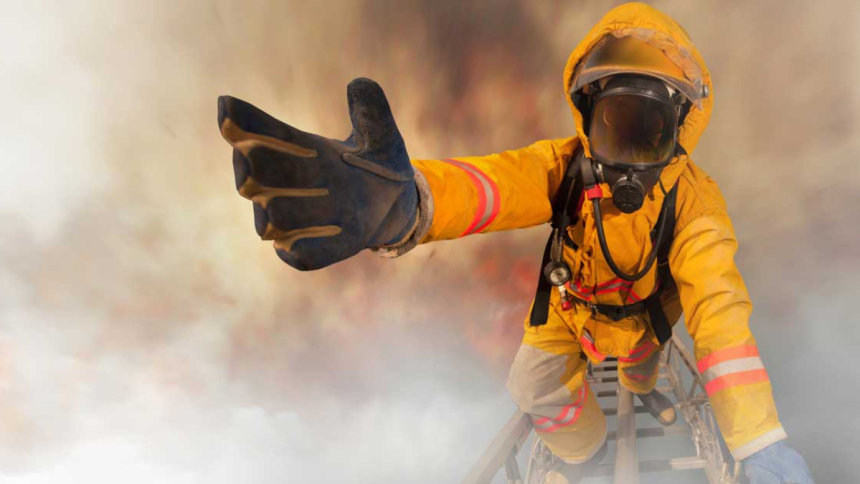Choosing the right strap for your radio can make a big difference when you’re trying to stay comfortable and safe. If your job requires two-way radio communication, such as working in construction, emergency response, or security, you know how essential having quick access to your radio is.
But did you know there are different kinds of radio straps; all with different levels of utility and comfort? Here’s a look at what makes a quality strap and some of the less advantageous features that you should avoid when buying one.
Material and Durability
A strap’s material fundamentally affects how long it lasts and how comfortable it is to wear. Leather is a very popular choice for its strength, nice appearance, and timeless appeal; firefighters and law enforcement, in particular, tend to gravitate toward it. Yet nylon and other synthetics are much lighter and just as strong, if not stronger, when you consider their ability to withstand water, mold, and mildew.
And since most folks using these straps are working in environments where they’re sweating and the weather’s susceptible to change, breathability is a huge plus.
Adjustability and Fit
The ability to adjust your radio strap is a must. Gear comes in all shapes and sizes and requires different kinds of setups. Having a strap that can be customized for length as well as fit (meaning it can be worn high, low, or in between with a secure, comfortable hold) makes for a much better user experience and maneuverability. Some models have elastic sections sewn in for added flexibility.
Comfort and Ergonomics
Working long hours necessitates gear that won’t impose additional strain. Padded sections on the shoulders help distribute weight more evenly, reducing fatigue and discomfort. Straps with an ergonomic design sit comfortably across the chest and shoulder, minimizing pressure points and keeping the radio in place during high activity.
Safety Features
For the first responders and security staffs, the top priority is safety. Look for breakaway features that let the strap release under high tension (not low tension, as with some breakaway cords) to keep hazards from occurring if someone gets tangled in the strap.
For high-visibility in low-light situations (which are most common for night shifts or emergency scenes) look for reflective trim or stitching. The strap must also match the unique qualities of your radio and holster. Many straps feature universal radio enclosures or use modular webbing.
Professional Appearance
While functionality is prime, looks count too; especially in work settings. A clean and organized appearance is a reflection of attention to detail and professionalism. Whether in a tactical space or on a job site, the right strap contributes to a polished and practical overall appearance.
A Good Radio Strap Can Literally Save Lives
A high quality strap requires a balance of durability, comfort, and safety. You should consider materials, fit, safety features, and personal modular preference when choosing. Having the right features and accessories are not only a matter of convenience; it’s a serious issue, as straps are meant to be a reliable support system for your communication gear.
Lynn Martelli is an editor at Readability. She received her MFA in Creative Writing from Antioch University and has worked as an editor for over 10 years. Lynn has edited a wide variety of books, including fiction, non-fiction, memoirs, and more. In her free time, Lynn enjoys reading, writing, and spending time with her family and friends.















